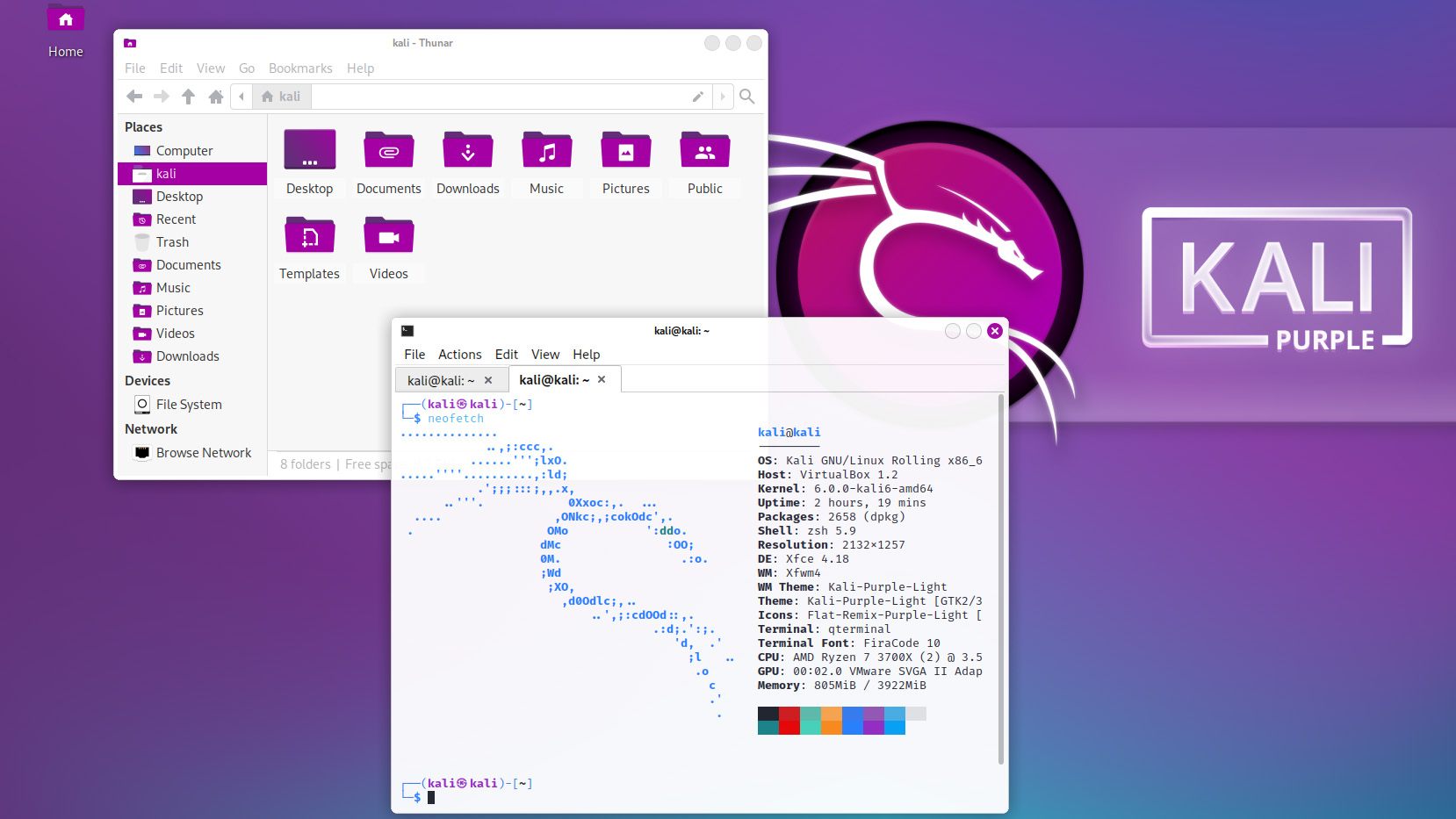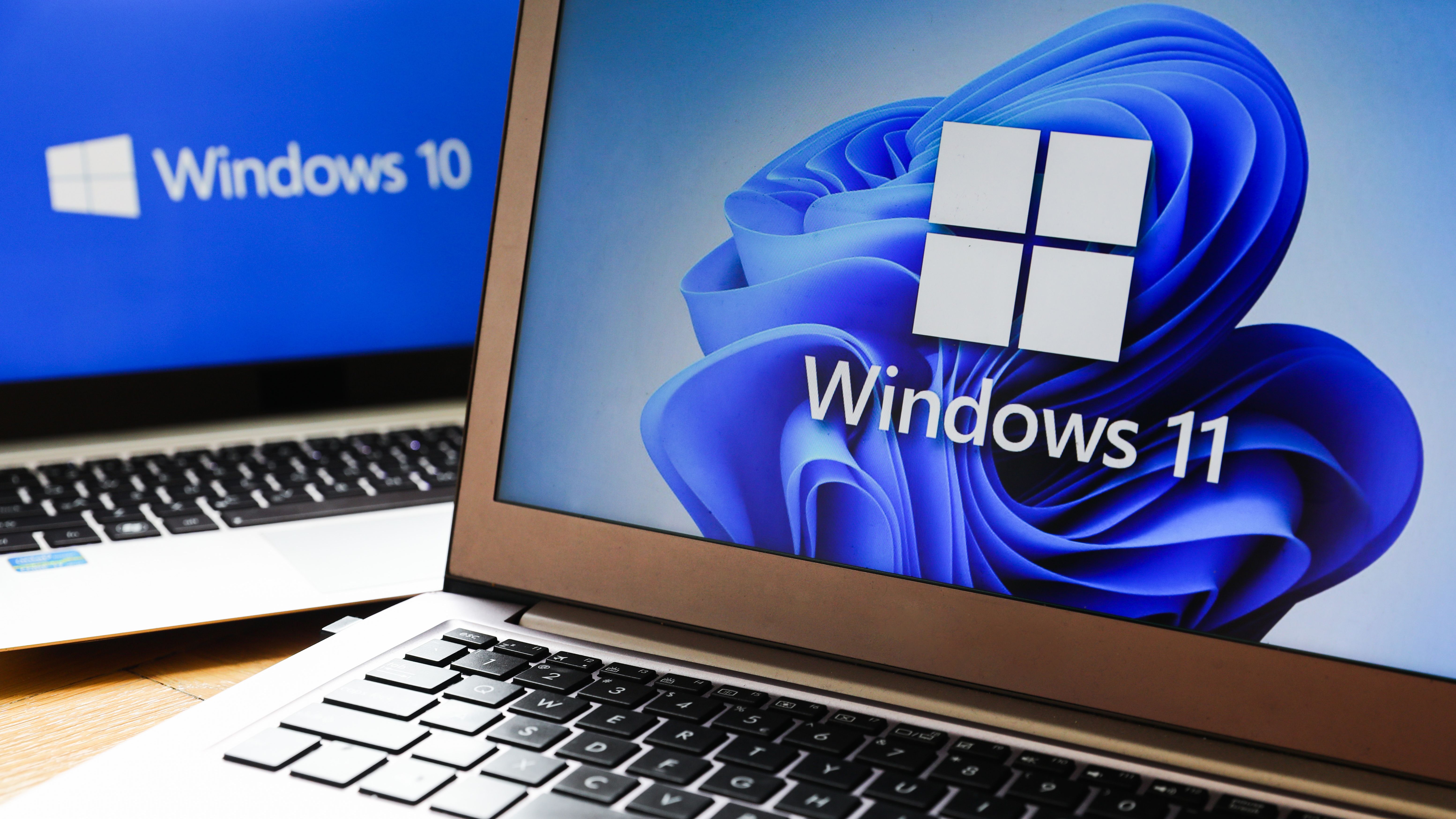Mysterious MacOS spyware discovered using public cloud storage as its control server
Researchers have warned that little is known about the 'CloudMensis' malware, including how it is distributed and who is behind it


MacOS users have been warned that a new spyware has been discovered using a previously undocumented backdoor to steal sensitive data from compromised Macs.
Lifting sensitive data such as keystrokes, screen captures, and email attachments, the spyware uses public cloud storage such as Yandex Disk, pCloud, and Dropbox as its command and control (C2) channel. Although such use of cloud storage has been observed in Windows malware, researchers noted that this is an unusual tactic in the Mac ecosystem.
RELATED RESOURCE

Storage's role in addressing the challenges of ensuring cyber resilience
Understanding the role of data storage in cyber resiliency
The malware, coded in Objective-C, was discovered by ESET researchers who named it 'CloudMensis' in a blog post. The method by which the malware first compromises the Macs of its victims is still unknown.
Lack of clarity around this delivery mechanism, as well as the identity and goals of the threat actors, has prompted researchers to warn all MacOS users to be cautious and keep systems up-to-date. However, as it has currently been seen to affect only a limited number of systems, CloudMensis has not currently been labelled high risk.
Once present on a victim’s Mac, the first stage of CloudMensis downloads a second stage from public cloud storage, and both are written to disk. Once installed, CloudMensis receives commands from its operators through this cloud storage, and sends encrypted copies of files through it.
A total of 39 commands can be activated allowing the malware to, among other things, change its configuration values, run shell commands, and list files from removable storage.
To bypass macOS’ privacy protection system Transparency, Consent and Control (TCC), CloudMensis adds entries to grant itself permissions. If the victim is running a version of macOS predating Catalina 10.15.6, CloudMensis will exploit a known vulnerability (CVE-2020-9943) to load a TCC database that it can write to.
Get the ITPro daily newsletter
Sign up today and you will receive a free copy of our Future Focus 2025 report - the leading guidance on AI, cybersecurity and other IT challenges as per 700+ senior executives
Metadata uncovered by ESET indicated that the threat actors behind the spyware are individually deploying CloudMensis to targets of interest, rather than spreading it as far as they can.
No clues to the intended targets have been found in the metadata, and the use of cloud storage as its C2 makes the threat actors behind it difficult to identify. ESET accessed metadata from the cloud storage services in use that indicates that the unknown threat actors began to send commands on February 4, 2022.
“We still do not know how CloudMensis is initially distributed and who the targets are,” said ESET researcher Marc-Etienne Léveillé, a member of the team that is looking into CloudMensis.
“The general quality of the code and lack of obfuscation shows the authors may not be very familiar with Mac development and are not so advanced. Nonetheless, a lot of resources were put into making CloudMensis a powerful spying tool and a menace to potential targets.”
No zero-day vulnerabilities have been identified as in use by the group, so Macs that are regularly updated are potentially at lower risk.
MacOS malware is typically rarer than Windows malware, for a multitude of reasons including the fact that the larger market share of Windows PCs gives cybercriminals a better target.
Apple has acknowledged the threat of spyware such as Pegasus, and is set to introduce a new ‘Lockdown Mode’ on iOS, iPad OS and macOS in the autumn.

Rory Bathgate is Features and Multimedia Editor at ITPro, overseeing all in-depth content and case studies. He can also be found co-hosting the ITPro Podcast with Jane McCallion, swapping a keyboard for a microphone to discuss the latest learnings with thought leaders from across the tech sector.
In his free time, Rory enjoys photography, video editing, and good science fiction. After graduating from the University of Kent with a BA in English and American Literature, Rory undertook an MA in Eighteenth-Century Studies at King’s College London. He joined ITPro in 2022 as a graduate, following four years in student journalism. You can contact Rory at rory.bathgate@futurenet.com or on LinkedIn.
-
 Bigger salaries, more burnout: Is the CISO role in crisis?
Bigger salaries, more burnout: Is the CISO role in crisis?In-depth CISOs are more stressed than ever before – but why is this and what can be done?
By Kate O'Flaherty Published
-
 Cheap cyber crime kits can be bought on the dark web for less than $25
Cheap cyber crime kits can be bought on the dark web for less than $25News Research from NordVPN shows phishing kits are now widely available on the dark web and via messaging apps like Telegram, and are often selling for less than $25.
By Emma Woollacott Published
-
 LightSpy malware has made a comeback, and this time it's coming after your macOS devices
LightSpy malware has made a comeback, and this time it's coming after your macOS devicesNews The LightSpy malware is back, and this time threat actors are targeting macOS devices with improved detection-evasion techniques
By Solomon Klappholz Published
-
 A journey to cyber resilience
A journey to cyber resiliencewhitepaper DORA: Ushering in a new era of cyber security
By ITPro Published
-
 A new framework for third-party risk in the European Union
A new framework for third-party risk in the European Unionwhitepaper Report: DORA and cyber risk
By ITPro Published
-
 XLoader malware rises again on macOS disguised as ‘OfficeNote’ app
XLoader malware rises again on macOS disguised as ‘OfficeNote’ appNews Mac users menaced by an old malware enemy dressed up as a Microsoft productivity app
By Richard Speed Published
-
 Greek intelligence allegedly uses Predator spyware to wiretap Facebook security staffer
Greek intelligence allegedly uses Predator spyware to wiretap Facebook security stafferNews The employee’s device was infected through a link pretending to confirm a vaccination appointment
By Zach Marzouk Published
-
 Kali Linux releases first-ever defensive distro with score of new tools
Kali Linux releases first-ever defensive distro with score of new toolsNews Kali Purple marks the next step for the red-teaming platform on the project's tenth anniversary
By Rory Bathgate Published
-
 Microsoft releases scripts to restore shortcuts deleted in faulty Windows Defender update
Microsoft releases scripts to restore shortcuts deleted in faulty Windows Defender updateNews However, some users have resorted to creating their own fixes as they’ve encountered Microsoft’s to be problematic
By Zach Marzouk Published
-
 Windows Defender update deletes Start Menu, Taskbar, Desktop shortcuts
Windows Defender update deletes Start Menu, Taskbar, Desktop shortcutsNews For now, it appears that administrators will have to manually recreate their shortcuts once the issue has been fixed
By Zach Marzouk Published